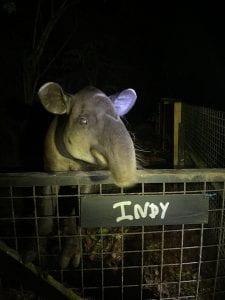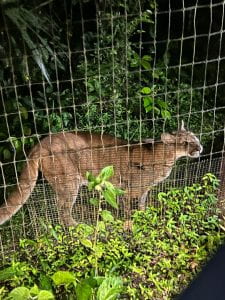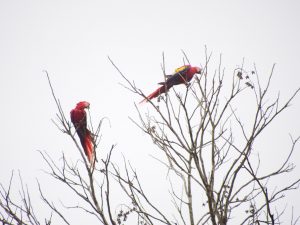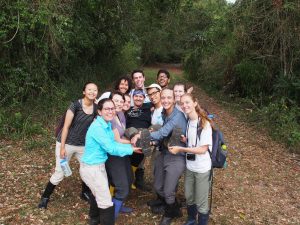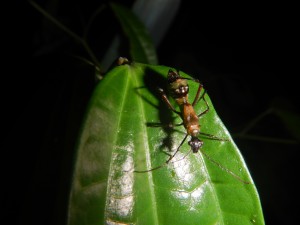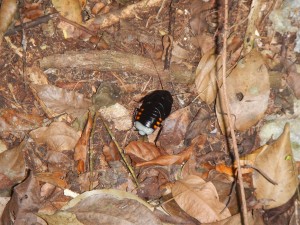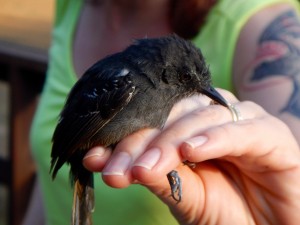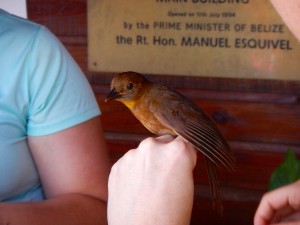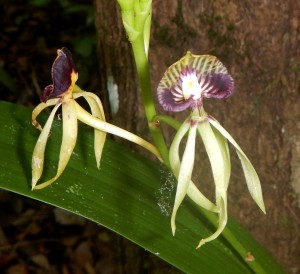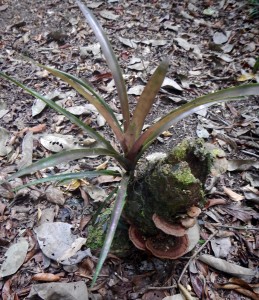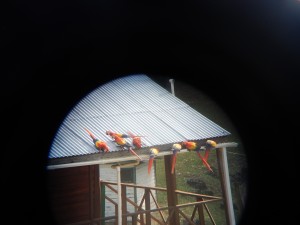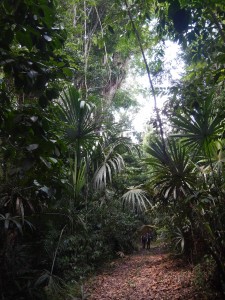Hey guys! Once again, it’s Michiel : )
Today started out with us leaving Glover’s Reef! I’m sorry to leave it, but I’ve been really excited for this new part of our class. We had breakfast at 7, then everyone kept getting ready for the journey until about 9 (during that time I finished the book I was reading – Ghost Story by Peter Straub). At 9, we boarded the boat and began to depart from the reef. Faith and I had a really fun time while that was happening, because we got emails regarding our CHEM TA applications at that time, which we had to respond to, but the wifi from the island was getting further and further away. We were both able to respond before we lost connection, though : ).
The boat ride lasted about 4 hours. The majority of us fell asleep for most of the trip, but there were a couple of times that everyone was up to look for some dolphins (I didn’t get to see any). Also, a lot of people said that they had seen flying fish as we were leaving. Anyway, we got back to Belize City around 1, and we had lunch at Calypso, which is a restaurant right on the dock that we docked at. Then, we went to a grocery store, where I bough lots of items that I started running low on while we were on the island, and Ava and I both got a Klondike Bar, which was a wonderful treat for the both of us.
Later, we got to the Tropical Education Center, which is beautiful. The trails here are wonderful to walk on, and the cabanas are delightful to stay in. I’m really sad that we’re only staying here for one night. We were also given a presentation by Dr. Boris Arevalo on Scarlet Macaws. The data he presented was really interesting, but he masterfully weaved in advice throughout the presentation about doing research and continuing in our careers, which really motivated a lot of us to do incredible work in our futures. After the presentation, we had dinner, then we went to the Belize Zoo for a night tour! It was amazing. I saw a lot of my taxanomic group (mammals), including jaguars (Panthera onca), a puma (Puma concolor), an ocelot (Leopardus pardalis), a margay (Leopardus wiedii), white-lipped peccaries (Dycotiles pecari), a tapir (Tapirus bairdii), a paca (Agouti paca), and a northern tamandua (Tamandua mexicana). The jaguars would roll over and climb trees so that the zookeeper would feed them pieces of chicken (and one of them was named Lindo), and the ocelot made a really funny noise as it ate the chicken that literally sounded like “nom nom nom.” Also, we got to feed the tapir some carrots and feed it! It was adorable.
I’m really glad we saw all these species today, and I hope we get to see more at Las Cuevas. Here are some pictures I took during the tour!
